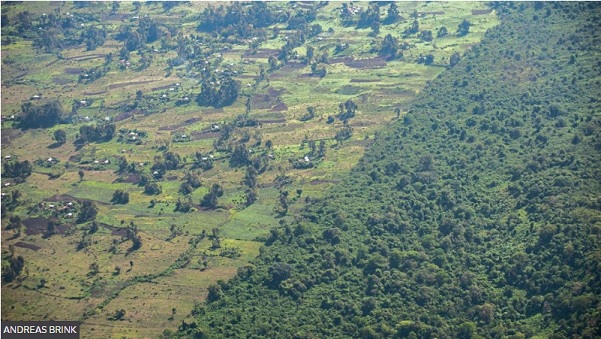
Ten of the world's most protected forests have become net emitters of carbon, as they are degraded by human activity and climate change.
The alarming insight is from a study of planet-warming gases emitted from and absorbed by forests in Unesco World Heritage sites.
It revealed 10 protected forests had emitted more carbon than they locked away over the past 20 years.
World heritage forests span an area twice the size of Germany.
The same research also revealed the network of 257 World Heritage forests around the world collectively removed 190 million tonnes of carbon from the atmosphere every year.
"That is nearly half of the UK's annual carbon emissions from fossil fuels," said Dr Tales Carvalho Resende, from the United Nations Educational, Scientific and Cultural Organization (Unesco), who co-authored the report.
"We now have the most detailed picture to date of the vital role that [these] forests play in mitigating climate change."
But forests face a raft of pressures, including illegal logging, the expansion of farming and wildfires - which are made more likely by climate change.
Combining satellite-derived data with monitoring information at the site level, researchers estimated the carbon absorbed and emitted by World Heritage forests between 2001 and 2020.
But as well as calculating the billions of tonnes of carbon absorbed by all that "biomass" of trees and vegetation, the research revealed how much pressure some of these sites were under.
The sites studied in this assessment have some of the highest levels of official protection.
They are deemed globally significant in terms of their natural value to the world and are closely and continuously monitored.
"But they're still under significant pressure," Dr Carvalho Resende said.
"The main pressures are agricultural encroachment, illegal logging - human-induced pressures.
"But we also found climate-related threats - most specifically wildfires."

